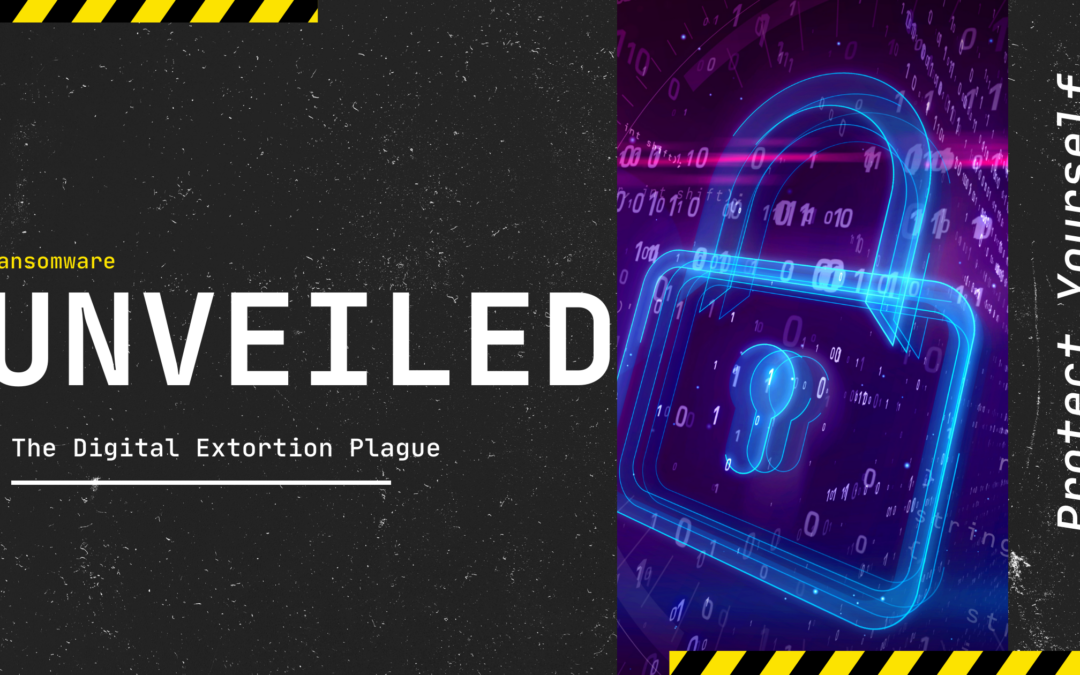Understanding Ransomware
Ransomware, a term that has made its way into headlines and conversations around the world, is a type of malicious software that can wreak havoc on your digital life. This blog post aims to demystify ransomware and equip you with the knowledge you need to protect yourself from this growing cyber threat.
What Is Ransomware?
At its core, ransomware is a form of malware that encrypts your files or locks you out of your computer, making them inaccessible. Cybercriminals behind these attacks demand a ransom, usually in cryptocurrency, in exchange for the decryption key or to regain control of your system. Ransomware attacks can target individuals, businesses, and even government organizations, causing significant financial and data loss.
How Does Ransomware Work?
Ransomware typically spreads through phishing emails, malicious downloads, or exploiting software vulnerabilities. Once it infiltrates a system, it encrypts files, rendering them useless until a ransom is paid. Attackers often use scare tactics, such as threatening to leak sensitive data or permanently delete files if the victim doesn’t comply with their demands. It’s essential to note that paying the ransom is discouraged, as it doesn’t guarantee the safe recovery of your data and encourages further criminal activity.
The Rising Threat of Ransomware
In recent years, ransomware attacks have surged in frequency and sophistication, making them a significant concern for individuals and organizations alike. This section delves deeper into the evolving landscape of ransomware threats and their consequences.
The Evolution of Ransomware
Ransomware has come a long way since its early days. Initially, attackers relied on relatively simple methods and demanded modest ransoms. However, modern ransomware variants employ advanced encryption techniques, making data recovery without the decryption key nearly impossible. The sums demanded have also skyrocketed, sometimes reaching millions of dollars, especially when high-profile targets like healthcare facilities or large corporations are involved.
The Impact on Victims
The consequences of a ransomware attack can be devastating. For individuals, it may mean losing cherished family photos or important personal documents. In the business world, a ransomware attack can halt operations, lead to data breaches, and result in substantial financial losses. Furthermore, the reputational damage from a successful attack can be long-lasting, eroding trust in the affected organization.
Ransomware in the Headlines
Ransomware attacks have made headlines globally, with notable incidents affecting critical infrastructure, healthcare institutions, and municipalities. The 2021 Colonial Pipeline attack, which disrupted fuel supply on the U.S. East Coast, and the attack on Ireland’s Health Service Executive (HSE), which disrupted healthcare services, are just a few examples of the high-profile incidents that have brought ransomware to the forefront of public awareness.
Protecting Yourself from Ransomware
While the threat of ransomware is real and significant, there are proactive steps you can take to protect yourself and your digital assets. In this section, we’ll explore strategies for defending against ransomware attacks.
Backup Your Data
Regularly backing up your data is one of the most effective ways to mitigate the impact of a ransomware attack. Ensure your backups are stored offline or in a secure cloud environment, so they are not susceptible to encryption by ransomware. By having a clean copy of your data, you can restore it without paying the ransom.
Keep Software and Systems Updated
Cybercriminals often exploit vulnerabilities in outdated software. To protect yourself, keep your operating system, applications, and antivirus software up to date. Enable automatic updates whenever possible, as they often include security patches that address known vulnerabilities.
Educate Yourself About Phishing
Phishing emails remain a common method of ransomware distribution. Learn to recognize phishing attempts by examining sender email addresses, verifying links before clicking on them, and being cautious with email attachments, especially from unknown sources. Education and awareness are key to avoiding falling victim to such attacks.
Use Strong Passwords and Multi-Factor Authentication (MFA)
Password security is paramount. Use complex, unique passwords for each online account, and consider using a password manager to keep track of them. Additionally, enable multi-factor authentication (MFA) wherever possible, as it adds an extra layer of security to your accounts.
Seek Professional Help If Infected
If you suspect your device has been infected with ransomware, disconnect it from the internet immediately to prevent further damage. Do not pay the ransom. Instead, seek assistance from cybersecurity experts or law enforcement agencies who may be able to help decrypt your files or investigate the attack.
Ransomware is a growing threat that affects individuals, businesses, and governments worldwide. Understanding how ransomware works, its evolving nature, and taking proactive steps to protect yourself is essential in today’s digital age. By following best practices for cybersecurity and staying vigilant, you can reduce the risk of falling victim to a ransomware attack.
Remember, prevention is key, and it’s far better to invest time and effort in safeguarding your digital life than to deal with the devastating aftermath of an attack. Stay informed, stay safe, and protect your digital world from the clutches of ransomware.

